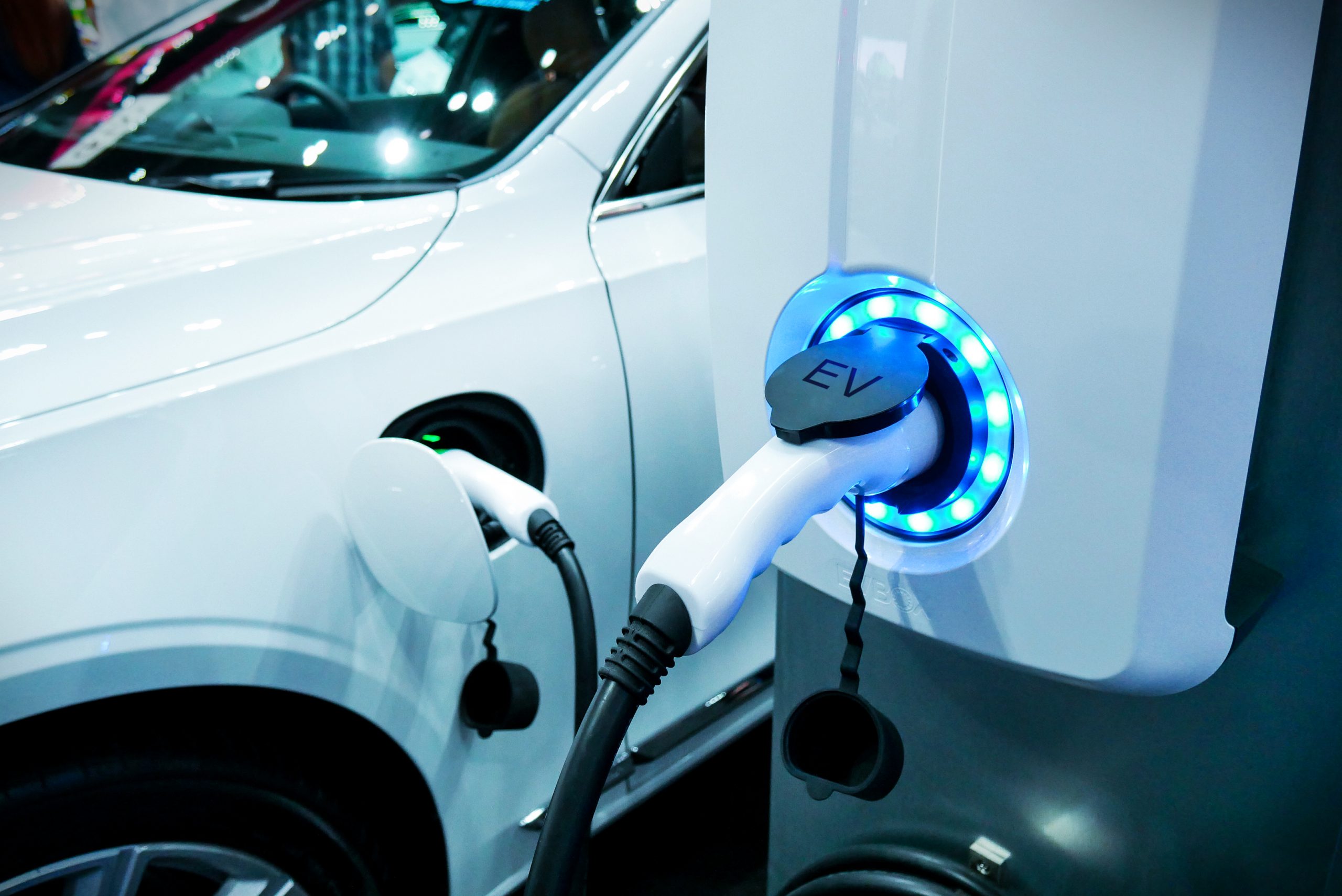Household Bills
Will you soon be able to charge your electric car via lamppost?

The government is looking at ways to “unlock the potential of smart electric vehicle charging” which include street lampposts and the means to sell power back to the grid.
As part of the Government’s Electric Vehicle Smart Charging Action Plan published today, it said measures could help households save £1,000 a year.
Plans include the potential for electric vehicle owners to power their homes using the electricity stored in their cars; street lampposts capable of charging vehicles; and selling power back to the grid.
Further, it would see motorists charge their electric vehicles when electricity is cheaper or cleaner.
Smarter charging saves money
The plan notes that, depending on tariff, mileage, and charging patterns, smarter charging could save an average driver up to £200 and a high mileage driver up to £1,000 a year by delaying the power demand from electric vehicles at peak periods, such as 4pm to 9pm on winter evenings.
By helping to efficiently balance when energy is generated and used on the electricity grid, the technology could contribute to reducing electricity prices for consumers across the network.
The Department for Business, Energy and Industrial Strategy (BEIS) together with energy regulator Ofgem, said even those without an electric vehicle would benefit from lower energy bills under this “landmark plan” to make smart charging “the norm at home and work by 2025”.
Energy and climate minister, Graham Stuart, said: “We want to make smart charging an easier choice for drivers of electric vehicles, whether that is charging on the driveway, at the workplace, or parked on the street. To do that, we need to build new network infrastructure at pace, using the latest available technologies.
“Today’s plan sets out how we will work with Ofgem and industry to kickstart the market for smart charging, which we are backing up with £16 million in innovation funding. This will let people take control of their energy usage, in the most convenient and low-cost way.”
What and how will this happen?
The Government said it will improve information about smart charging, as it rolls out “intelligent and automated smart charging” which will lead to reduced electricity costs and prices “for everyone”.
It said motorists will pay less for charging their vehicles, as it seeks to “remove the barriers that currently prevent the full development of a diverse and competitive smart charging market.”
Funding has been announced for prototype hardware, software and business models, including:
- £229,000 to a project led by Otaski Energy Solutions (Gateshead, Tyne and Wear) to develop a smart street lamppost capable of charging electric vehicles and sharing power back to the grid
- £220,000 to V2X-Flex (Reigate, Surrey), a project led by EV Dot Energy Ltd to develop prototype software and a new business model which will reduce entry barriers for the domestic use of V2X bi-directional chargers to provide energy flexibility services
- £165,000 to BEVScanV2X (London), a project led by Agile Charging Ltd to develop technology that could overcome battery degradation by creating a cost-effective tool to monitor and advise best approaches to maximise battery life and financial returns from smart charging.
Reduce public electricity VAT now
The RAC has welcomed the plans for the future but noted that reducing the VAT on public electricity usage would help drivers save money now.
RAC EV spokesman Simon Williams said: “Any innovation that can help reduce the cost of charging an EV is very welcome. While it remains the case that charging an EV at home is still far cheaper than driving a petrol or diesel car, that gap disappears when using the fastest public chargers.
“We hope the Government starts to tackle this issue as it has the potential to slow down the transition to zero-emission motoring, particularly for those who may never be able to charge at home. It would also be very beneficial if all forms of public charging could be reduced by this kind of innovative thinking, but one step that could be taken straightaway is lowering the VAT rate on public electricity from 20% to match the 5% drivers pay at home.”